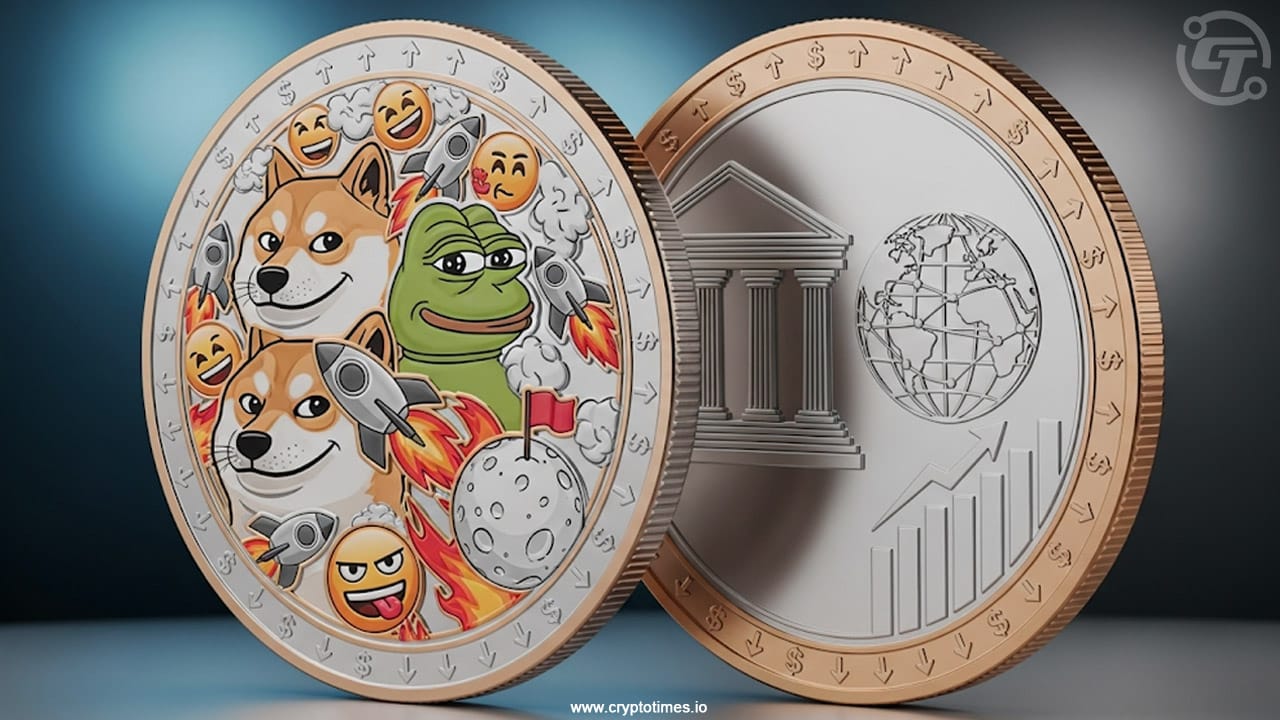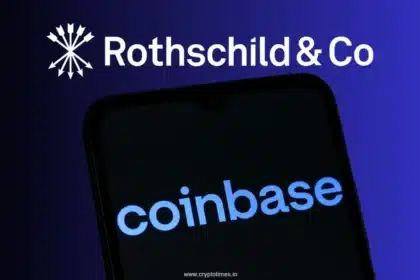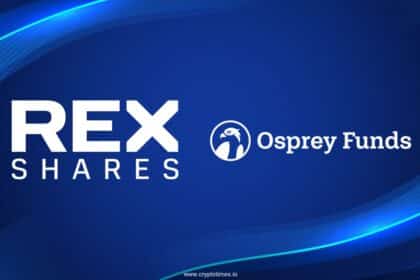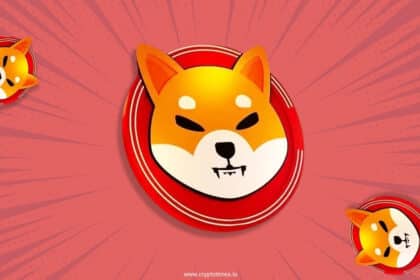For years, the Web3 industry has pursued a single, formidable goal: mass adoption. The central question remains how to transition blockchain technology from a niche interest to a mainstream utility. In the evolving landscape of 2024 and 2025, two distinct and powerful strategies have emerged, offering a fascinating contrast in methodology yet aiming for the same destination.
One path is paved with the chaotic, viral energy of memecoins; the other is built on tangible, emotion-driven engagement, exemplified by a recent football-themed crypto campaign in Ukraine.
The Memecoin Phenomenon: Mass Adoption Through Viral Spectacle
Memecoins are crypto’s answer to internet culture. Assets like Dogecoin (DOGE), Shiba Inu (SHIB), and Pepe (PEPE) have transcended their origins to become cultural touchstones. Their value proposition isn’t rooted in complex tokenomics or technological breakthroughs, but in something far more primal: humor, community, and shared cultural moments.
This strategy thrives on the dynamics of the attention economy. A memecoin’s success is often measured by its ability to capture the zeitgeist, going viral on platforms like X (formerly Twitter), TikTok, and Reddit. This digital wildfire can onboard hundreds of thousands of new users in a matter of days, representing a form of mass adoption that is fast, exhilarating, and deeply rooted in online community dynamics.
However, this model has inherent limitations:
- Volatility: The hype-driven nature of memecoins leads to extreme price fluctuations, where many new users enter at the peak of excitement only to face significant losses.
- Shallow Engagement: The user journey is often transactional and fleeting. Engagement is wide but rarely deep, built on market momentum rather than sustained, meaningful interaction.
- Sustainability: Without underlying utility, the long-term relevance of most memecoins remains a subject of debate.
Despite the risks, memecoins have undeniably proven that a low barrier to entry and cultural resonance are powerful tools for onboarding.
A New Playbook: Rooting Crypto in Emotion and Everyday Life
In stark contrast to the digital-first approach of memecoins, a different strategy has been gaining traction—one that anchors crypto in familiar, real-world activities. This “phygital” (physical + digital) model aims to build deeper, more sustainable engagement.
A prominent case study unfolded across Ukraine’s largest supermarket chain, ATB. The “Team 2024. Collect the full squad” campaign, a partnership between cryptocurrency exchange WhiteBIT and the Ukrainian national football team, turned collectible player cards into a simple gateway to digital assets.
The mechanics were designed for accessibility:
- Familiar Action: Shoppers could purchase collectible cards featuring national football heroes at the checkout counter of over 1,000 grocery stores.
- Simple Onboarding: Each card contained a code that could be activated within a mobile app, allowing users to build their digital squad.
- Guaranteed Value: Upon completing their collection, participants received guaranteed crypto rewards in USDT, a stablecoin pegged to the US dollar.
This campaign skillfully bypassed the technical jargon and steep learning curves often associated with crypto. Instead, it tapped into a powerful pre-existing emotion: national pride and passion for football. By integrating with an everyday activity like grocery shopping, it met potential users where they already were.
The results highlight the model’s effectiveness:
- Over 232,000 individuals participated.
- More than 300,000 collectible cards were distributed and activated.
- 15,000 users completed their collections to earn guaranteed USDT rewards.
This initiative didn’t go unnoticed. In 2025, the campaign was recognized at the International Loyalty Awards, winning “Best Strategic Partnership” against global competitors like Mastercard and the Royal Bank of Canada, validating its innovative approach to customer engagement.
This isn’t an isolated phenomenon. It’s part of a broader trend where Web3 meets the real world. Other examples include:
- Starbucks Odyssey: A program that integrates NFT collecting with its existing loyalty rewards system.
- Reddit’s Community Points: Using tokens like Moons (MOON) and Bricks (BRICK) to reward user contributions in specific subreddits.
- Move-to-Earn Models: Apps like STEPN that reward users with crypto for physical activity like walking or running.
These initiatives all share a common thread: linking digital assets to tangible actions, established behaviors, and community identity.
Different Roads, Same Destination?
While memecoins and real-world integration campaigns appear to be polar opposites, they both offer crucial lessons for the future of Web3.
| Factor | Memecoin Model | Real-World Integration Model |
|---|---|---|
| Onboarding | Viral, rapid, and digitally native | Gradual, tangible, and context-driven |
| Driver | Hype, humor, and internet culture | Shared identity, emotion, and utility |
| Engagement | Wide but often shallow and speculative | Deeper, sustained, and activity-based |
| Barrier to Entry | Low technical barrier, high risk tolerance | Low knowledge barrier, clear value proposition |
Both approaches demonstrate that mass adoption begins with relevance and emotional connection, long before it becomes a technical conversation. One leverages the universal language of memes, while the other uses the universal passion for sports, coffee, or community.
Why It Matters: The Maturation of the Crypto Market
As the crypto industry matures, the path to bringing the next billion users on-chain will likely not be a single highway but a network of roads. The speculative frenzy of memecoins will continue to act as a chaotic but effective entry point for a certain demographic.
Simultaneously, hybrid models that bridge the digital and physical worlds are becoming essential for building trust and demonstrating practical value. By embedding crypto into familiar contexts like loyalty programs, sports fandom, and daily commerce, these initiatives demystify blockchain technology and make it accessible to a broader audience.
Ultimately, the future of Web3 isn’t just about building better technology; it’s about weaving that technology into the fabric of human culture. Whether through a viral dog-themed coin or a collectible card found in a grocery aisle, the goal is the same: to make the digital economy a part of everyday life.
Also Read: How Ethical Market-Making Addresses Liquidity Crisis in Crypto










